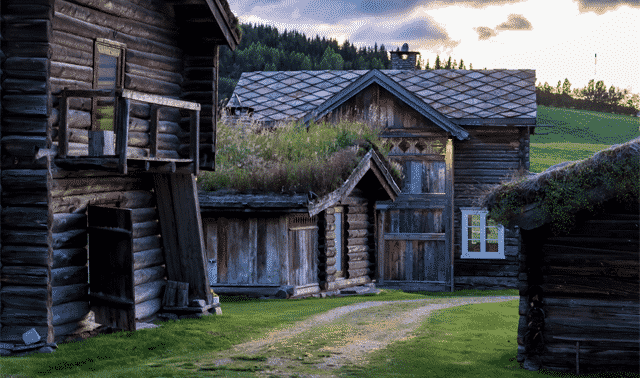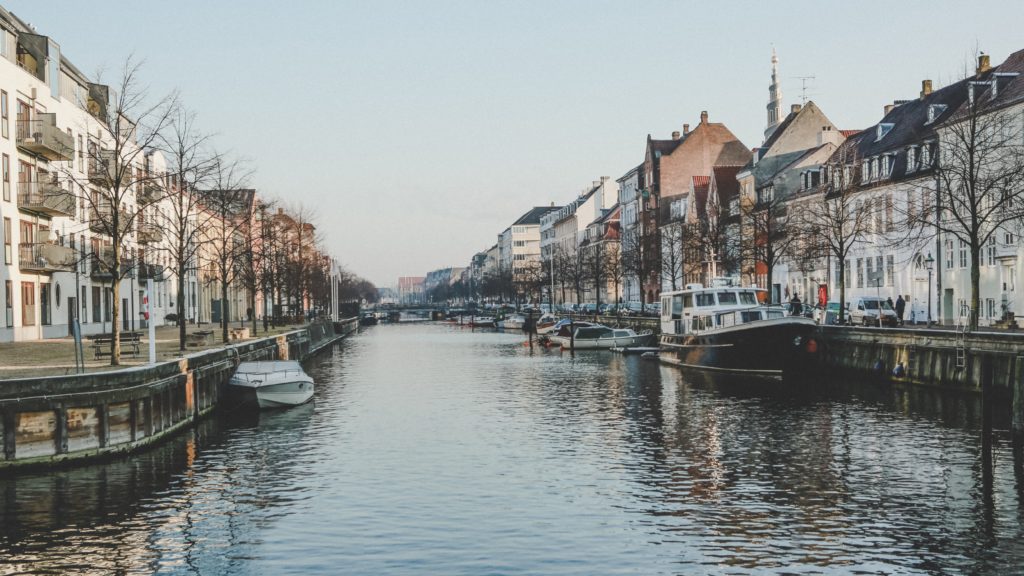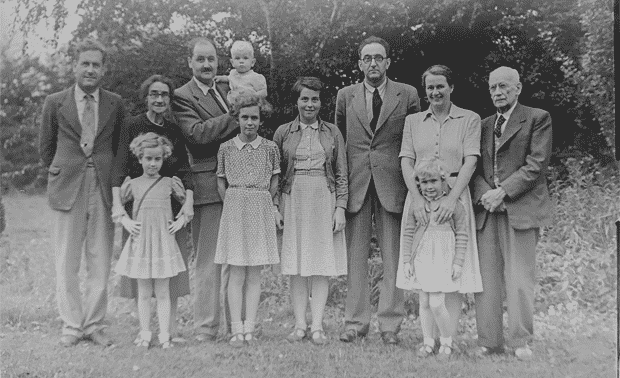
Before you start scouring for international records of your Scandinavian ancestors, you need to make sure you’ve done ALL your homework first. If you are not prepared, it can be extremely frustrating. You could also be led down an entirely wrong path!
To make sure you’re satisfied with your research, make sure you have identified the following important pieces of information. These five facts are essential to know before turning your sites to researching in Scandinavian records.
1. The names of your Scandinavian ancestors
You’re probably thinking, “Well of course! I have that.” But do you have the right version of the name? Depending upon the time of immigration, your Scandinavian ancestors may have “anglicized” or otherwise changed their name after leaving Scandinavia. Therefore, the name you have found for their records may not be their “original” name. You will need to find the original name to efficiently search the church books and other records.
For example, my great-grandfather changed his name after settling in America (NOT at Ellis Island, by the way) from Niels B. Nielsen to Nels B. (or N.B.) Nelson. His family also changed to Nelson, and most of the children anglicized their given names as well.
Be open to what name they used in Scandinavia. Your family may have used “patronymics” until leaving, so you need to understand that system. The exact issue may be slightly different for each case. For example, the family may have used a fixed surname (usually any time after about 1880), a military name (common in Sweden) or a farm name. You’ll need to understand the customs of the time period, be patient and be thorough.
In most times and places in Scandinavia, the church records for the mother are found under her birth name for life. A woman did not take her husband’s surname. However, when coming to America, many Scandinavian women knew that the American custom was to take the husband’s name. Look for your Scandinavian ancestors’ immigration records under either name.
The church records in Scandinavian countries are very thorough, but you need to search for FAMILIES, not SURNAMES. Children’s records show both parents’ full names, so you can match up the family through those records. There may be two families in a parish with the same names for the children, but the parents will probably be different. Post-emigration newspapers, especially obituaries, as well as church and census records, may give clues to maiden names or name changes.
2. Your Scandinavian ancestor’s hometown/birthplace
Finding your Scandinavian ancestor’s country may be relatively easy, but finding the specific parish can be a challenge. Since the first and most accessible records in all the Scandinavian countries are church records, the parish is essential. Keep in mind, there may be several parishes with the same or similar names in different parts of the country. If you find a parish name, be sure to look for all similar parish names in the country. Then, look for other clues or try them all. You may need to go through several to find the right one.
3. Residence before departure from Scandinavia
This may not be the same as the birthplace. However, it provides another location to help pinpoint the birthplace or other records. Again, there may be several with similar names, so find them all on a map. Compare what you find to birth and other facts to find the area. Chances are that this will be in the same general vicinity as the birthplace, although it may be another parish.
My family is a good example. I have found records for the parents and children in at least six different parishes, but all are in the same general area. The father was a farm laborer and did not own land, so they moved frequently, though not far. The residence before departure gave me a range of parishes to check.
4. Date of immigration
It is important to have at least a window for the date of immigration. If an exact date isn’t available (usually from naturalization documents), the census, newspapers, obituaries and birth/death records may provide a window. Look at the birth places and dates of children.
The 1910 census shows the date of immigration. Be sure to look at EACH person to determine whether they came together or separately. Knowing who was in the party is also helpful. Some names are easier to find than others, so search for each member of the family. Then, look for others in the same party to see if they match up.
5. Family composition
You may want to start with the most unusual name among your ancestor’s children, but even if they all had common names, knowing who else was in the family can help pin down the right set. For example, Niels Nielsen from Denmark around 1904 provided a long list of possibilities. Looking for his naturalization/intention documents in the area where he settled, during a 10-year window provided over 200 Niels Nielsen/Nels Nelson entries. I needed to use the rest of the children to narrow the field.
When you begin researching in the Scandinavian church records, you’ll need to know the names of the parents. At the very least, you’ll want to be able to pin them down by finding all the children to confirm the parents.

Where to find the information
First, gather everything you have found at home. This might be obituaries, marriage records, death records, birth records, naturalization documents, school records, or family letters. Also, talk to family members to view any records they may have. Record every clue and create a timeline, showing the name (exactly as shown in each record), date and event, source, and whatever other clues you can glean. This should be the first step in any research, but especially when trying to “cross the pond.”
Next, check all the usual sources, including cemeteries, churches, funeral homes, schools, local libraries, state historical/genealogical societies, county histories, landowner maps, city/rural directories, and census records. Repeat for all family members. Again, add each fact or event to your timeline.
From there, try major genealogical libraries, state genealogical or historical societies, and county archives. These can be gold mines for information, newspapers, and records. Census records may be found on sites such as FamilySearch.org or Ancestry.com. In addition to the sites above, immigration (passenger list) records from Scandinavia from 1892-1924 may also be found at Ellis Island Records.
These hints should give you a solid basis for your Scandinavian research. Remember, it’s important to have this before you begin researching overseas. Once you have that, you’ll be prepared for researching your Scandinavian ancestors in their homelands.
Last updated, February 2019.





